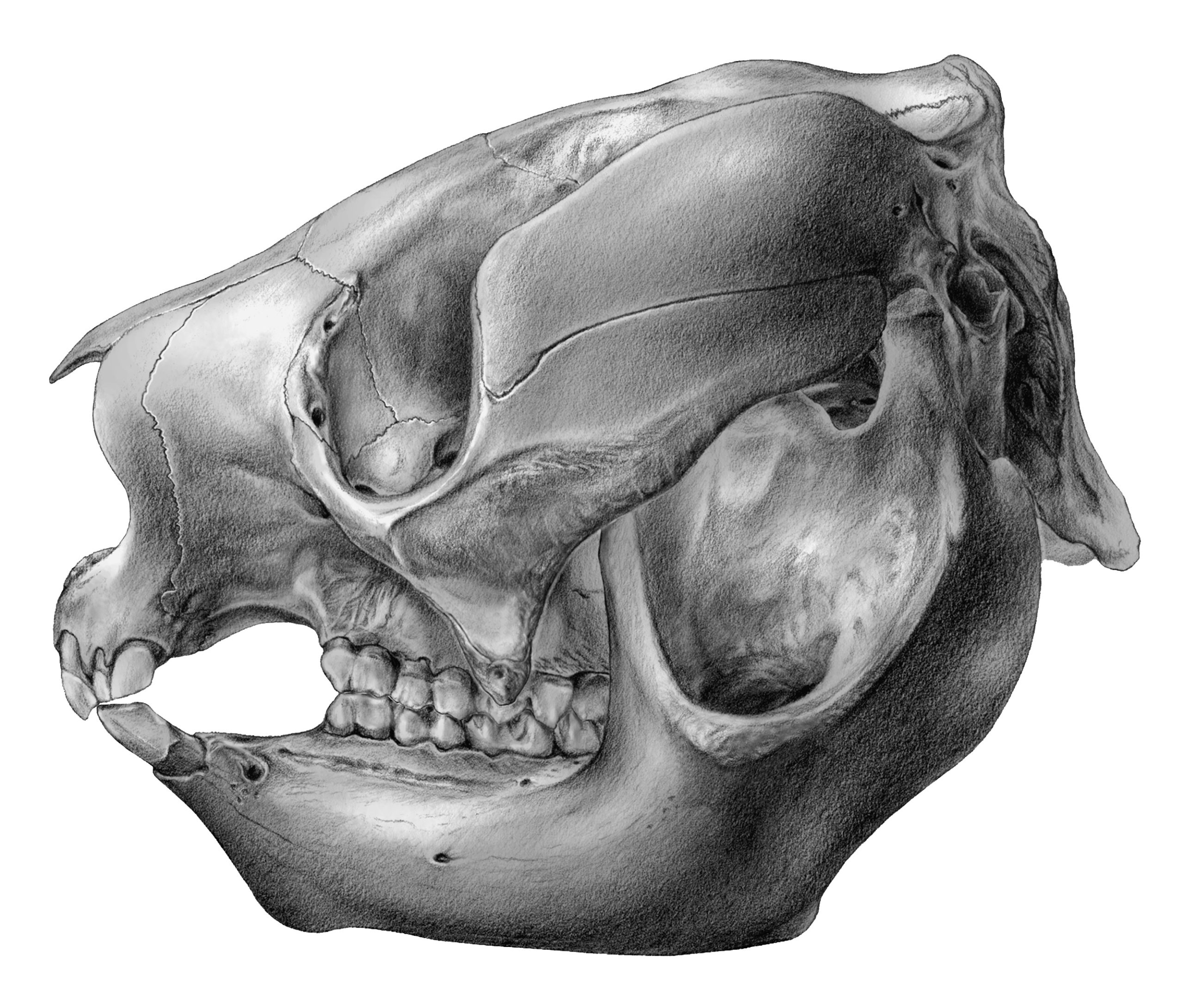Australian Mammal Ecology, Evolution & Extinction
Australia is the only continent where monotremes, marsupials and placentals coexist. Global climatic changes over the last 66 million years are generally held to have exerted a profound influence on the nature of terrestrial ecosystems and, in turn, mammalian evolution. However, much of our understanding of mammalian evolution has developed based on inferences drawn from studies of placental mammals of the northern continents. Australian mammalian evolution is a unique evolutionary experiment – an isolated radiation of fundamentally different mammals that have adapted to environmental changes in the virtual absence of competing immigrants. Studying evolutionary patterns among Australian mammals therefore offers an ideal test of hypotheses derived from Northern Hemisphere models.
Yet, our understanding of the evolutionary history of Australian mammals is as much as a century behind that of Europe and North America. Addressing this deficiency is a major focus of our research; one cannot reliably analyse patterns and infer processes until adequate datasets exist. Fortunately, the exciting array of analytical methods now available means that we can fast-track our understanding by immediately applying them to the fossils we uncover at the coalface.
Our mammal research is underpinned by fieldwork, assemblage descriptions and taxonomy, fundamental discovery-based endeavours that we employ to fill gaps in our understanding of the evolution of lineages and communities over time. The oldest mammalian assemblages we study, Pwerte Marnte Marnte in the southern Northern Territory and Lake Pinpa in eastern South Australia, are around 25 million years old. They preserve the earliest-known representatives of most modern marsupial orders and families, including koalas and kangaroos. At the younger end of the spectrum, we analyse environmentally-driven changes in Quaternary mammal assemblages in south-eastern Australia, and the systematics and evolution of late Cenozoic diprotodontids, kangaroos and echidnas.
For some groups, mostly the larger herbivores, we have enough data to explore temporal trends in ecomorphology, ecology and body size, and make inferences about what drove these patterns of evolution. We ask questions such as:
- When did kangaroos begin to hop and why?
- How was herbivore evolution shaped by increased aridity and climatic variability over the past few million years?
- How large were now-extinct ‘megafaunal’ species, how did they move and what did they eat, and what drove most of them to extinction in the late Pleistocene?
To address such questions, we synthesise evidence from different avenues, including dental microwear and stable isotopes (which provide information about diet and individual home ranges), functional morphology (which is informative about locomotion and diet), skeletal measurements (which allow body size to be calculated, and growth responses to environmental change to be analysed), and geographic distribution (which illuminates the environmental tolerances of living and extinct species). Synthesising such information allows us to inject new data into complex or controversial problems, particularly those that have tended to attract ad hoc speculation, such as what drove the late Pleistocene extinctions.
